“From Guns to Roses, Bastar Witnesses Biggest Maoist Surrender in Years”
210 Maoists Surrender in Chhattisgarh; Officials Call It a Historic Step Toward Peace.
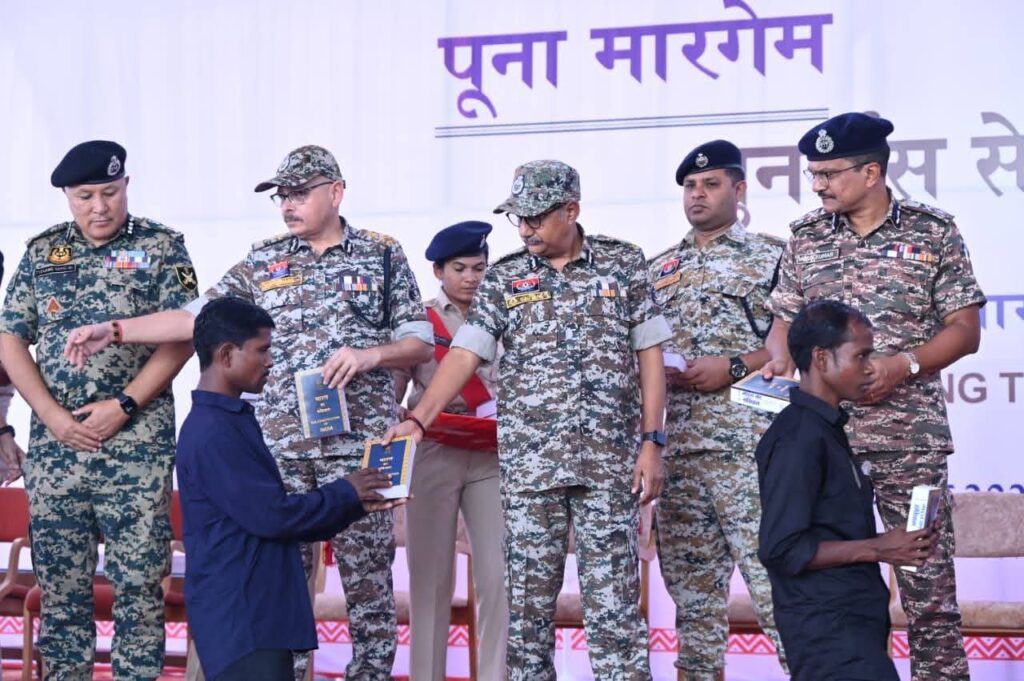
In one of the biggest surrenders in recent years, 210 Maoists, including several senior cadres of the banned CPI (Maoist) outfit, laid down arms before Chhattisgarh Police in Bastar district on Friday. The surrender, which included 111 women cadres, is being seen as a major step toward restoring peace and normalcy in the Naxal-affected region.
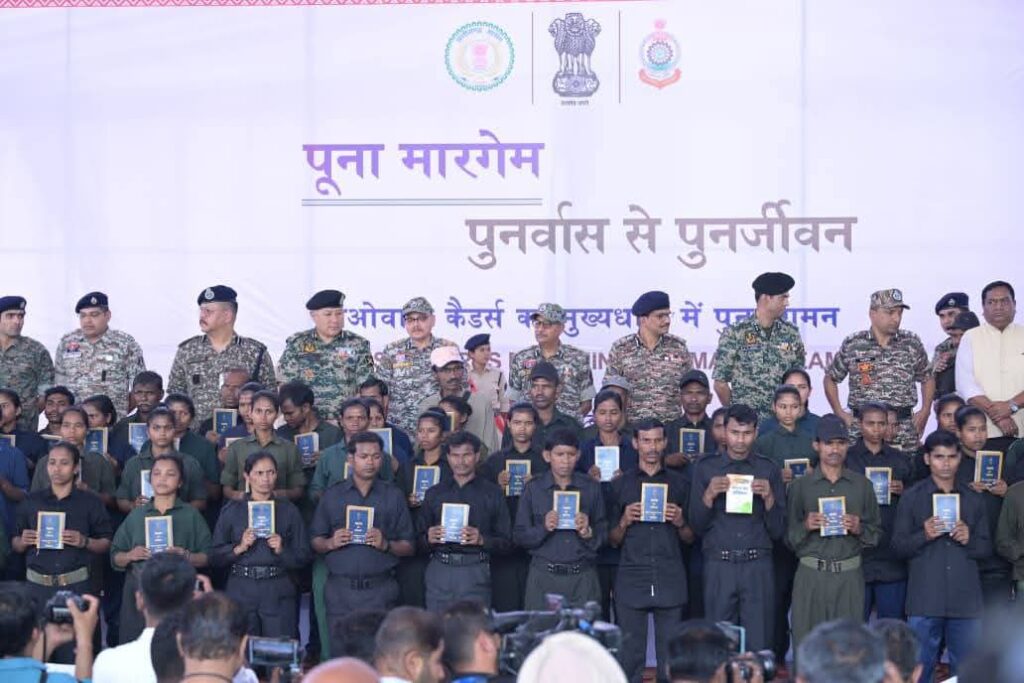
According to officials, the Maoists handed over 153 weapons, including AK-47 rifles, SLRs, INSAS rifles and country-made arms, along with a large cache of ammunition. The cadres, many of whom operated in the Abujhmad and North Bastar divisions, arrived in groups and formally gave up their weapons during a ceremony attended by senior police and district officials.
Official Statements
Chhattisgarh Chief Minister Vishnu Deo Sai described the development as “a historic day for the people of Bastar and for the state’s journey toward a Maoist-free future.”
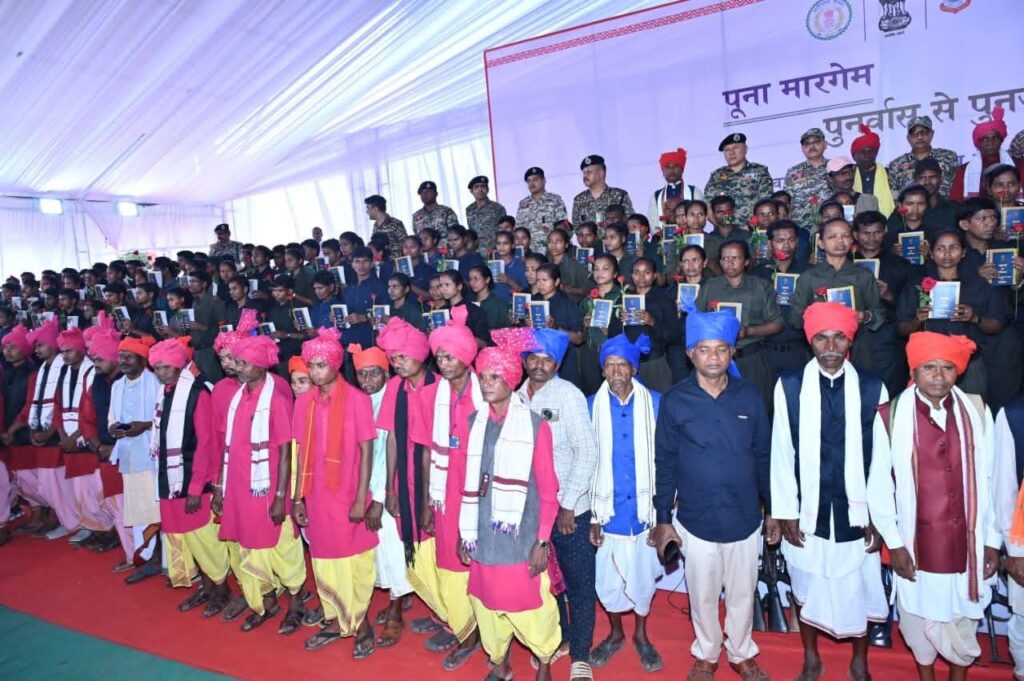
He said, “For decades, Bastar suffered under the shadow of extremism. Today’s surrender shows that our message of peace, development and rehabilitation is reaching even the remotest areas. We welcome all those who wish to return to the mainstream.”
Union Home Minister Amit Shah, while commending the state government and security forces, said the event marked a turning point.
“Those who surrender will be welcomed with open arms, but those who continue to spread violence will face strict action,” he stated.
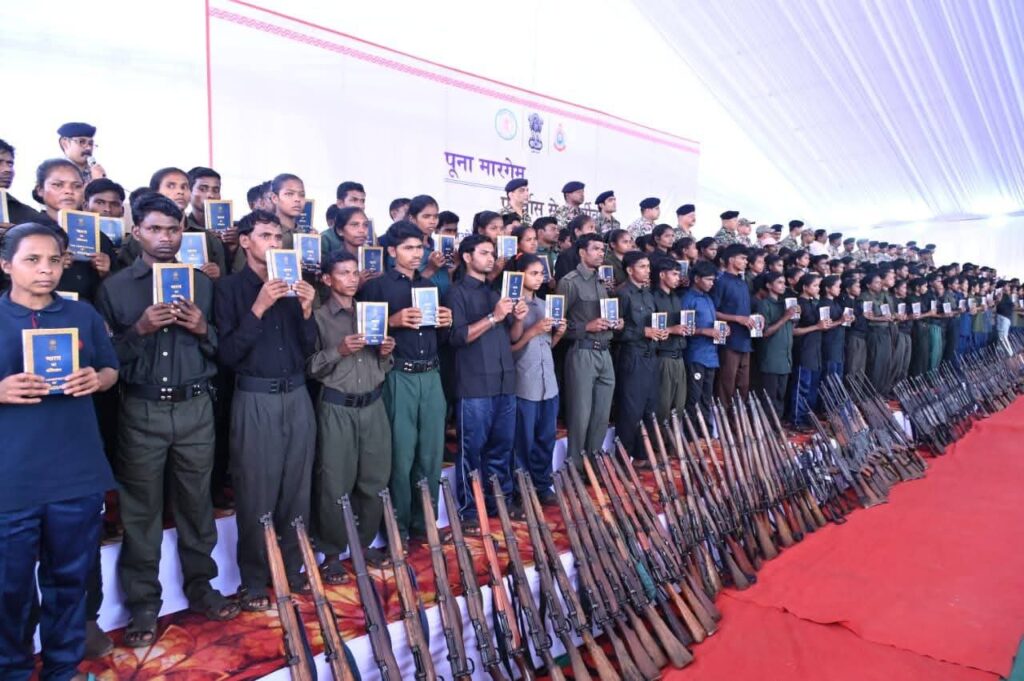
He added that the Centre’s aim was to make Chhattisgarh completely Maoist-free by March 2026.
Director General of Police Ashok Juneja confirmed that the surrender took place under the state’s rehabilitation policy “Poona Margem – Punarvaas se Punarjeevan,” meaning “From Rehabilitation to Rebirth.” Each surrendered cadre will be given financial assistance, vocational training, and protection as part of the reintegration process.

Bastar Inspector General of Police P. Sundarraj said the mass surrender reflects growing confidence among Maoist cadres in the government’s policies.
“The number of Maoists surrendering has increased sharply in recent months. Our consistent outreach and people-friendly policing have yielded results,” he said.
Maoist Leaders Speak
Among those who surrendered was senior Maoist commander Rupesh alias Takkalapalli Vasudev Rao, a divisional-level leader active in North Bastar. After surrendering, he appealed to remaining cadres to give up arms.
In a written statement, he said,
“We have lost many of our comrades and senior leaders. Continuing the fight now serves no purpose. It is time for us to think of our families and our future. I appeal to my brothers and sisters in the movement to come forward and surrender.”
Another Maoist leader, Sunil, who led a local area committee in Gariaband, sent an open letter urging others to follow suit.
He wrote, “We have already lost several key leaders. The situation on the ground has changed. Those who still believe in revolution should understand that people now want peace and progress.”
Background and Context
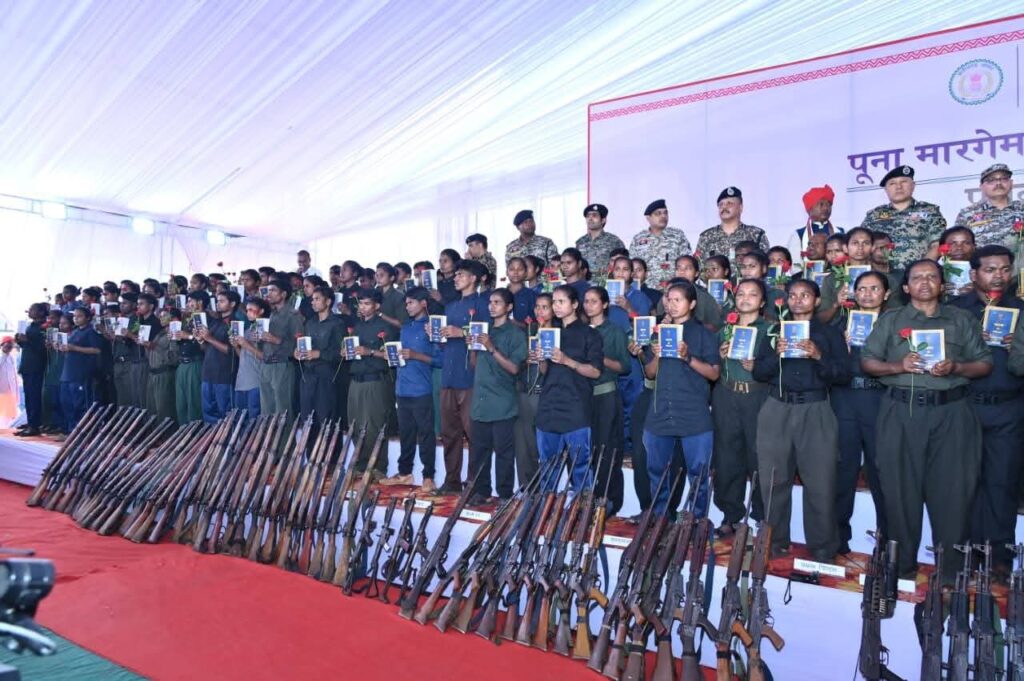
The Bastar region, once the epicentre of Maoist activity, has seen a steady decline in insurgency over the past few years due to intensified security operations and increased developmental outreach.
According to government figures, in the past 22 months, 477 Maoists have been killed, 1,785 arrested, and 2,110 have surrendered across Chhattisgarh.
Officials say the current surrender is the largest since 2016 and a clear indicator of weakening morale within the Maoist ranks. Many surrendered cadres cited fatigue, internal divisions, and loss of leadership as reasons for leaving the movement.
Rehabilitation and Future Steps
Each surrendered Maoist will be screened and enrolled in the rehabilitation programme, which includes a monthly allowance, financial assistance for livelihood, housing, and education for children.
Special counselling and vocational training will also be provided to ensure smooth reintegration into society.
Security forces have intensified area domination exercises in remaining Maoist strongholds to prevent regrouping of cadres. At the same time, local administrations are focusing on roads, schools, and healthcare projects in remote tribal villages as part of the government’s development push.
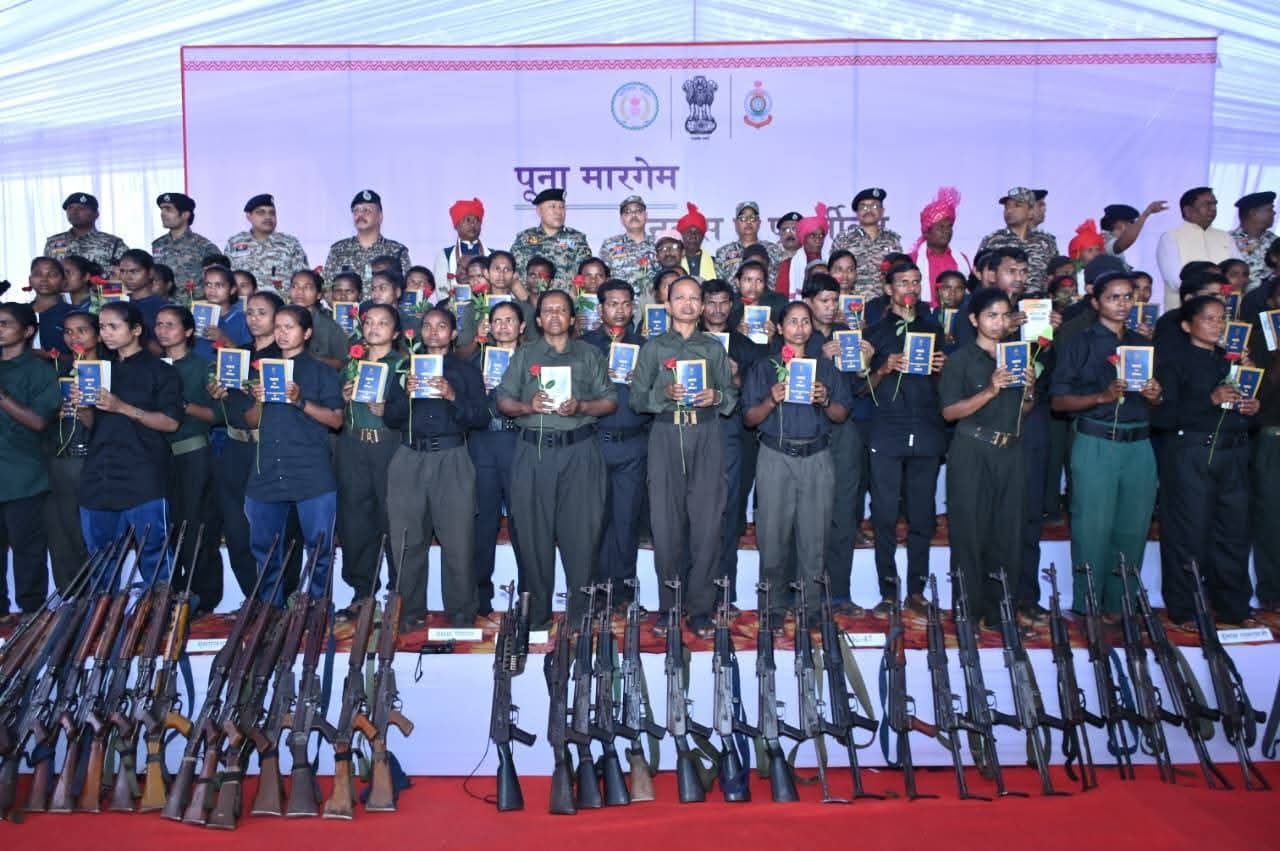
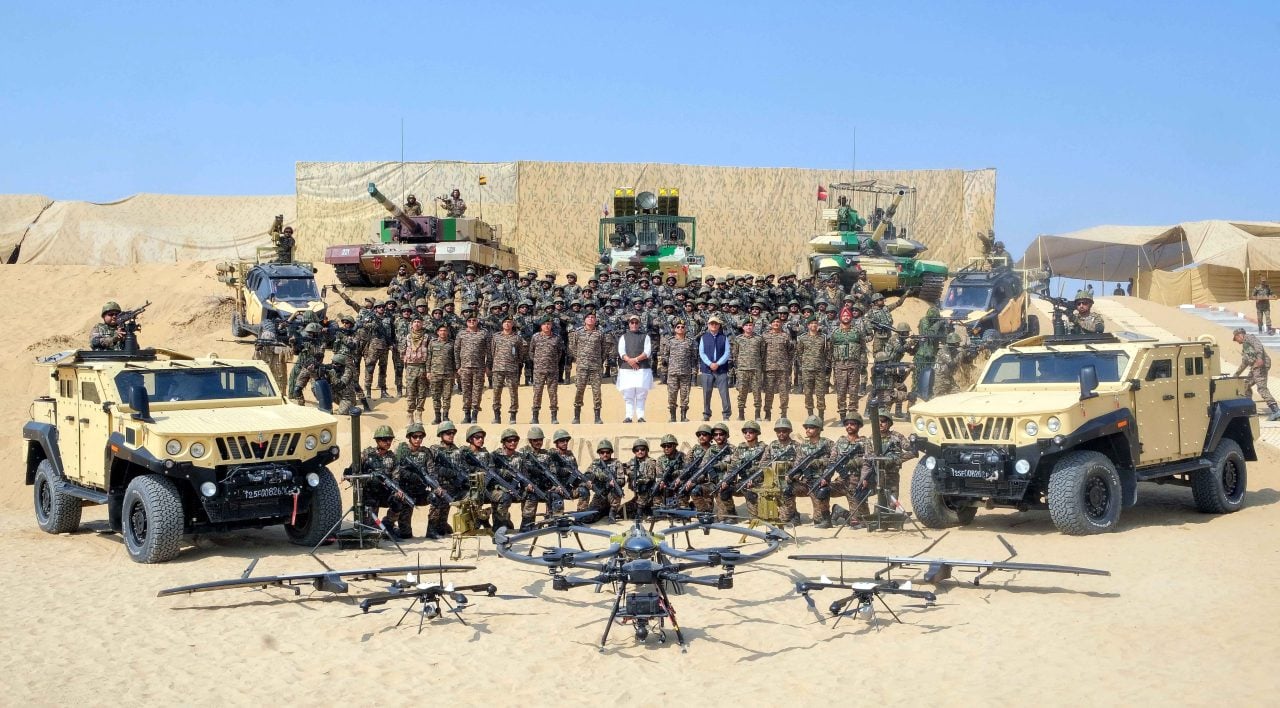

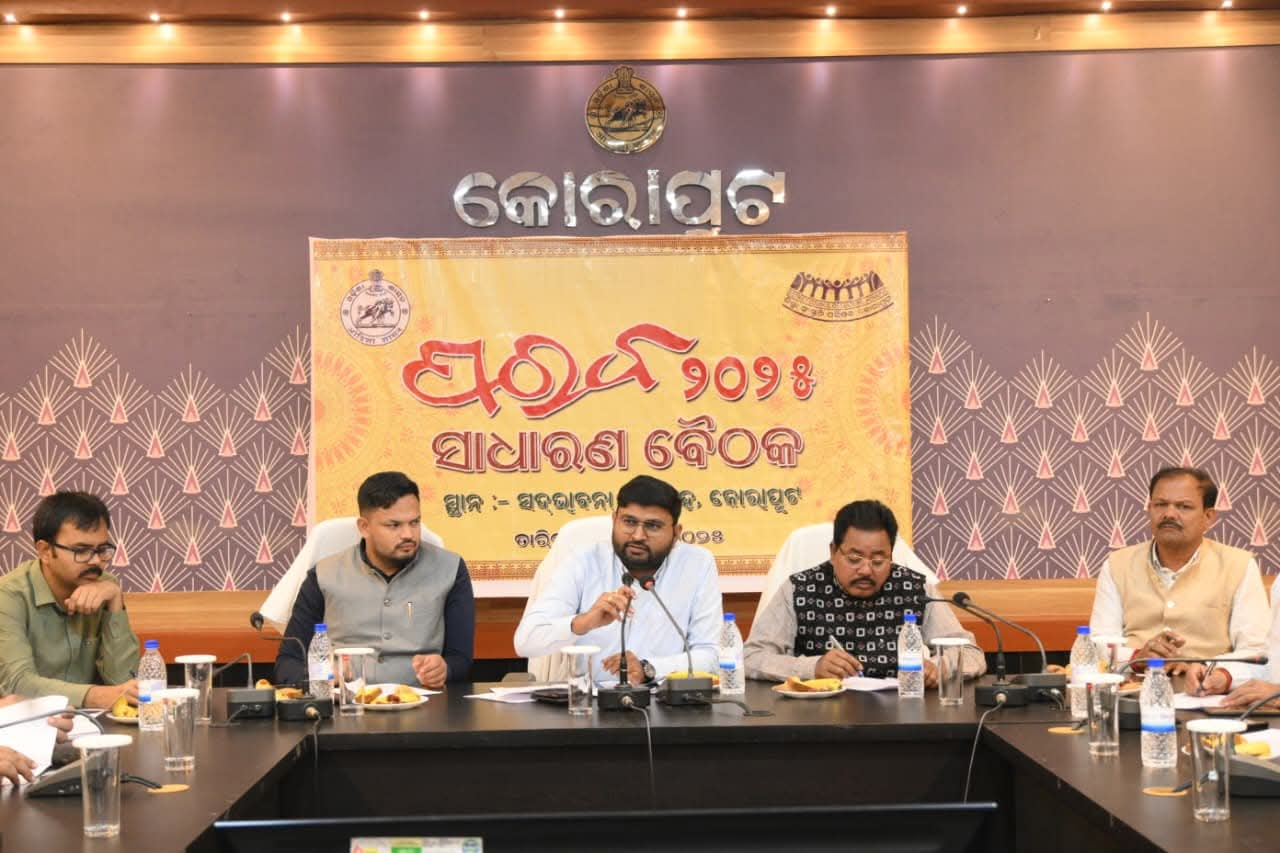


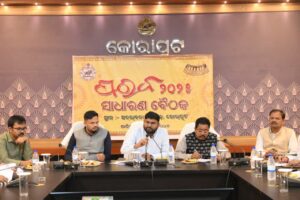

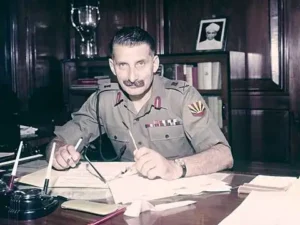

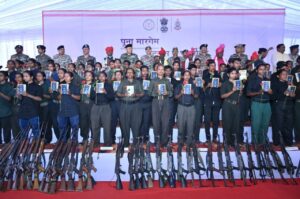



Post Comment